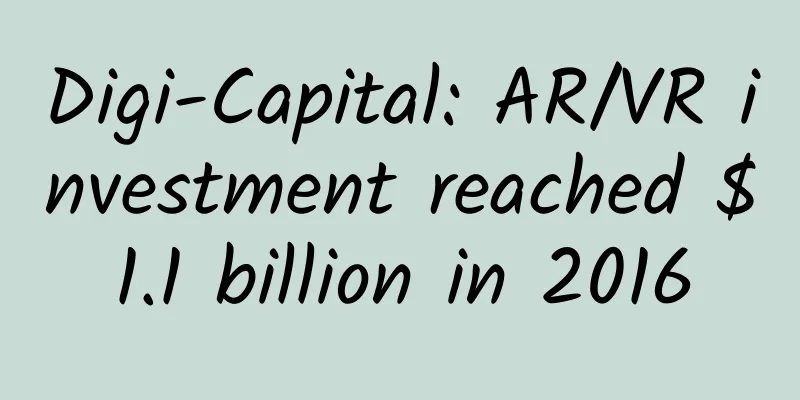European Central Bank: Eurozone Consumer Payments Report

|
The European Central Bank has released its “Euro Area Consumer Payments Report”, with the following key findings:
4% of online transactions are paid with cash There are no comparable data for remote payments in Germany, but 96% of online transactions outside Germany use non-cash instruments, including credit cards (49% of online transactions), electronic payment solutions (27%) and credit transfers (10%); 4% of online transactions use cash (e.g. cash on delivery); Cash is important to 55% of consumers 49% of respondents prefer to use credit cards or other cashless payment tools (43% in 2016); 27% prefer cash, down from 32% in 2016, and the remaining 24% have no opinion. When asked about the importance of cash, 55% of respondents believe that it is important or very important to still have the option to pay with cash in the future. 34% of consumers use cash as a means of storage Cash was also considered as an alternative form of savings for precautionary motives, as 34% of respondents store cash at home or in a safe place. 40% of consumers are using less cash during the pandemic According to another survey conducted on behalf of the ECB in July 2020 in all euro area countries on the impact of the pandemic on cash trends, 40% of respondents have reduced their cash usage since the start of the pandemic, with nearly 90% of them intending to continue using less cash after the pandemic ends (46% certain and 41% likely). The PDF version will be shared on 199IT Knowledge Planet, just scan the QR code below! |
>>: Shipment share of major global smartphone manufacturers from Q1 2011 to Q3 2020
Recommend
If a woman protects one part of her body well, she will be as young as a girl at the age of fifty!
"Love of beauty is every woman's nature,...
Professor Hu Jian - Targeted Elimination of the "Bull's Eye" - Targeted Therapy for Lung Cancer Today and in the Past
"Global Lung Cancer Awareness Month" is...
Things girls should pay attention to during their menstrual period
First of all, we should understand the situation ...
How many days do you know you are pregnant?
Normally, women of childbearing age have the poss...
Can I have sex before hysteroscopy?
Hysteroscopy and laparoscopy are a method to help...
Picture of granulation in the wound after normal delivery
The growth of small granules during the healing p...
What medicine should I take for metrorrhagia? 6 kinds of traditional Chinese medicine are effective in treating metrorrhagia
Menstrual bleeding is a common phenomenon among w...
What causes stinging pain when urinating?
Some women find it very strange that they feel a ...
Taboos for six months of pregnancy
After a pregnant woman becomes pregnant, with the...
Reasons for delayed menstruation
In fact, women’s bodies should be very weak durin...
Vulvar pain during menstruation
Key reminder: In some cases, women will experienc...
How do women prevent pregnancy?
We all know that if female friends in their child...
Why does the gloxinia flower not bloom? How can the gloxinia flower bloom?
Gloxinia is a common flower plant in life. Becaus...
How long after abortion can I get an IUD?
For a woman, having a baby is a big deal. But now...
Can pomegranate trees be grafted? How to graft pomegranate trees with a high survival rate?
Pomegranate trees are very common in our daily li...









